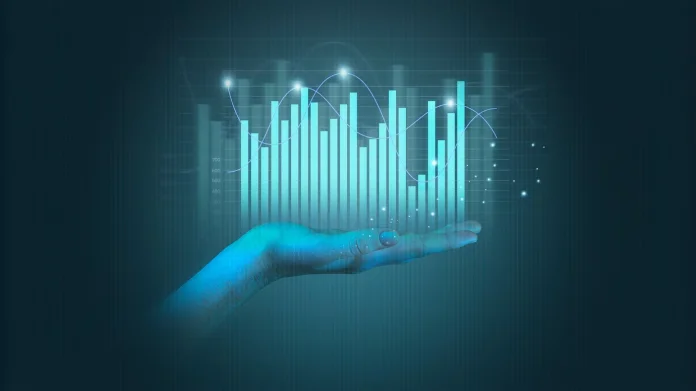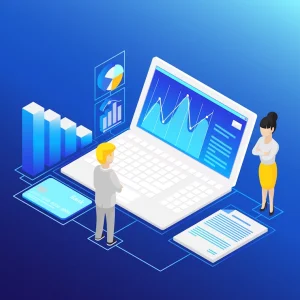Data in today’s 21st century has become one of the untapped valuable assets. The surprising fact is that approximately 328.77 million terabytes of data are generated daily. So, you know that ample data is generated through different sources. Data analysis plays a vital role in today’s data-driven world.
Nevertheless, data visualization is a crucial aspect of data analysis. It lets you represent data in a graphical format that is easy to understand and interpret to the human mind. With the ever-increasing rise of big data, the demand for data visualization tools has doubled significantly.
They help you to make informed decisions, solve complex problems, and identify potential opportunities.
Moreover, picking the right data visualization tool from the choices available for your business needs takes time and effort. Here, we’ll help you sort through the trade-offs to find the best data visualization tools to suit your needs.
Why is Data Visualization Important?
Data visualization is essential as it helps to communicate and represent complex data relationships in easy-to-understand formats. This can be in graphs, charts, plots, or even animators. A noteworthy point is that data visualization effectively finds the trends and patterns that may not be evident in the raw data.
Data visualization has endless potential. It’s not limited to simply analyzing data; however, it is essential for marketers, organizations, or business leaders who need to drive crucial insights into their data to take their business to the next level.
Types of Data Visualization Tools
Before choosing the right visualization solution for your business, you need to know the types of data visualization tools available with business intelligence (BI).
Line Chart
A line chart is one of the very first data visualization techniques. It’s used to showcase the relationship between the different data sets. It showcases the trends and patterns over time.
Pie Chart
A pie chart is the most common data visualization tool. This mainly demonstrates the part as a whole or showcases the numbers in percentages. A typical example is the pictorial representation of the population in the country, like 50% males and 50% females.
Bar Chart
Bar charts are the visualization for comparing values between groups of data. For example, bar charts depict a student’s marks in each subject.
Here’s an in-depth about the types of data visualization tools.
Factors to Consider While Choosing Data Visualization Tools
Now that we’ve seen the overview of data visualization let’s understand the factors to consider while choosing the correct data visualization tools for your needs.
Cost of the Data Visualization Tool
Cost is where everything comes down. It’s necessary to consider the cost parameter while choosing the best data visualization tools. Different tools have different pricing; thus, analyzing the cost-effectiveness is essential.
Data Source Compatibility
This is an essential factor to consider when choosing a data visualization tool. It should be compatible with your data sources. Some devices may work best only with specific data formats, while others may have limitations on the size of data they can handle.
Before choosing a data visualization tool, ensure it is compatible with your data sources and size.
Platform Licensing
The licensing of your data visualization tools can differ. Some agencies offer free products with limitations on features and ask them to upgrade for enhanced features. The paid tools are priced per subscription, sometimes based on the number of users and others on monthly fees.
Ease of Use
When choosing a data visualization, opting for a user-friendly tool is necessary. This will help you to get better insights without any hassle. Also, make sure to evaluate the skill sets of your team. Look for tools that offer an easy-to-use interface and top-class features, making it easy to represent the data.
Purpose and Audience of Your Visualization
The next thing to consider is the purpose and audience of your visualization. Different goals and audiences need different types of visualizations. Say, for example, you want to educate your audience about a specific topic, and you need a data visualization tool that’s informative and delivers a clear message.
Features and Functionality
Evaluating the features and functionalities of data visualization tools is essential. These features include data import, manipulation, analysis, sharing, and more.
Concluding the Blog!
Data visualization is and will be crucial in making data representation easier. It will help businesses drive results and gain insights about their data in accessible forms. This will urge them to make well-informed decisions and explore new potential in the landscape where data is the need of the hour!
On top of this, data visualization tools make the job super easy. By considering the factors for selecting data visualization, you can be assured of achieving the desired goal.
Also Read:


